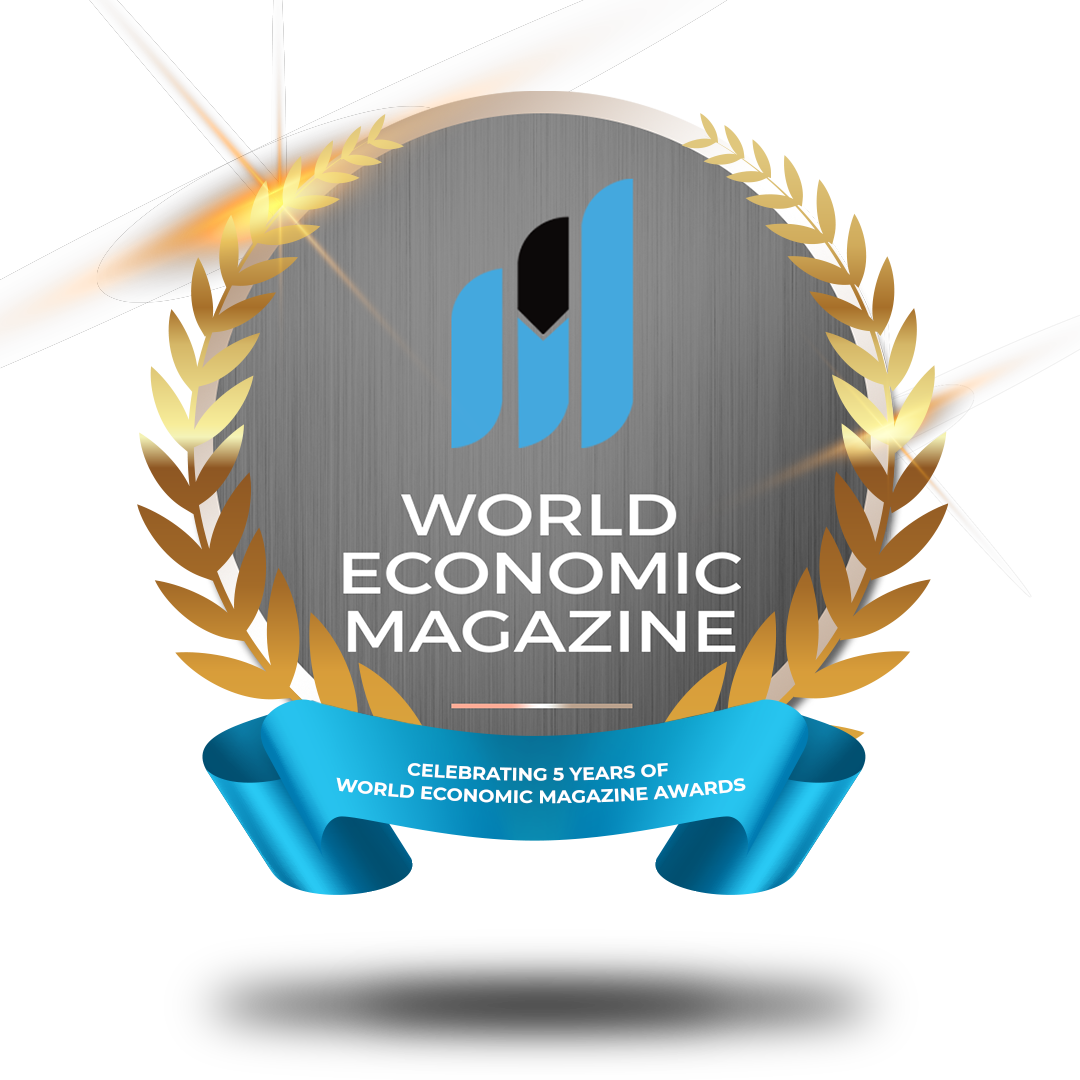
A Sneak-Peek on Why Women Make Excellent Business Leaders
Women can hold their own in positions of authority, demonstrating their worth as corporate executives and legislators. In truth, women made up over half of the U.S. workforce in 2019—much more than in earlier generations. According to a Harvard Business Review study, women in business magazines outperformed men in most important leadership abilities, such as adaptability and results-oriented perceptions. Women also outperform men in encouragement, courageous governance, and team spirit. The data indicates that male managers regard women as being more efficient in a variety of expert fields.
- Leadership Qualities:
Women in business offer abilities that have the potential to change the work environment. Women’s management styles are commonly distinct from men’s, with women usually leading with sympathy, morality, and regard.
Women business leaders, women in business magazines are perceived to be more compassionate and empathic than men, according to a study. According to survey participants, men and women are both:
Children need positive role models.
Excellent at negotiating
willing to take risks
Work-life balance is important to women. Many female representatives manage one‘s specialist and personal lives.
As a result, they understand how to juggle and prioritize, and they inspire their followers to do so as well. Women are compassionate. Compassion enables representatives to establish and maintain relationships with their team members. It also helps women in leadership understand what their employees expect in order to increase efficiency and make them feel valued.
Women are excellent conversationalists. Effective communication results in relatively well-performing teams and projects. Communication is also required for establishing clear goals and expectations. Women leaders who communicate effectively and confidently can successfully lead their teams.
Women are adept at handling crisis situations, as mentioned about women in business magazines. Organizational transformations necessitate adaptability and critical reasoning.
Workers look to their representatives for direction and clarity of thought. The reaction of a manager to a stressful situation can have an impact on the organizational climate.
- Women in Leadership in the Private Sector vs. Women in Leadership in the Public Sector:
Data demonstrates that women in the private industry are more vulnerable than men, particularly during stressful moments such as the COVID-19 global pandemic. Nevertheless, jobs in the public sector are usually more secure than jobs in the private industry. As per the National Women’s Law Center, women have lost an outsized number of jobs as a result of the pandemic. Women, for example, accounted for 53.5% of net job losses in the United States in February 2020 and March 2021 as mentioned data about women in business magazines.
- The Influence of Women in the C-Suite:
The term “C-suite” refers to executive-level positions inside a corporation. Hardly 25% of Fortune 100 companies’ C-suite roles are held by women, as per a 2020 Stanford Graduate School of Business study. In addition, only two Fortune 100 industries have an equivalent number of men and women in C-suite positions. Luckily, a few businesses have seen an increase in female leadership. From 2021 to 2030, the percentage of women in financial services leadership positions is expected to rise from 24 to 28%. According to a 2019 Korn Ferry study, the economic, healthcare, and retail sectors have the highest percent of C-suite women.
- Women Executives and Their Advantages:
However, women in executive positions are becoming increasingly more visible, and there is still scope for betterment. Women can have a significant impact on their places of work via encouragement, flexibility, and innovative thinking. Women executives frequently optimize risk-taking, preferring new tactics over culture and safety. This method has the potential to generate more progress and opportunities. According to the Harvard Business Review, however, women must tread carefully between taking risks and developing novel solutions. This struck a wonderful business harmony. Women leaders, on the whole, implement change and collaboration in business strategy.
- The Advantages of Having Women in Executive Positions:
Women in leadership roles expand corporate possibilities. As per a McKinsey & Company review, the performance of the company has a straightforward impact on earnings. Performance is impacted by vital leadership abilities such as cooperative financial decisions and people advancement. Women led businesses have higher stock prices than men-led businesses. Women also outperform men in terms of innovation and problem-solving, two essential skills for growing businesses.
Women in leadership roles are getting increasingly noticeable, and yet there is still scope for further advancement. Through inspiration, versatility, and innovative thinking, women can have a massive effect on their places of work. Risktaking is regularly prioritized by female executives, who choose innovative tactics over tradition and safety. This strategy has the potential to increase innovative ideas and possibilities. Even so, the Harvard Business Review suggests that women must proceed cautiously when considering taking a risk by developing innovative solutions. This strikes a great commercial balance. In general, female executives incorporate transformation and cooperation into corporate strategy. When it comes to adjusting their private and professional lives, female leaders encounter many problems. Instead of having to choose between the two, women ought to have direct exposure to maternal leave advantages that enable them to care for their households while also allowing them to come back to work without fines. Women can prosper in workplaces that are diversified and embracing. Businesses that take uniqueness as a priority may make it possible for companies to accept women in positions of authority as described about women in business magazines.



